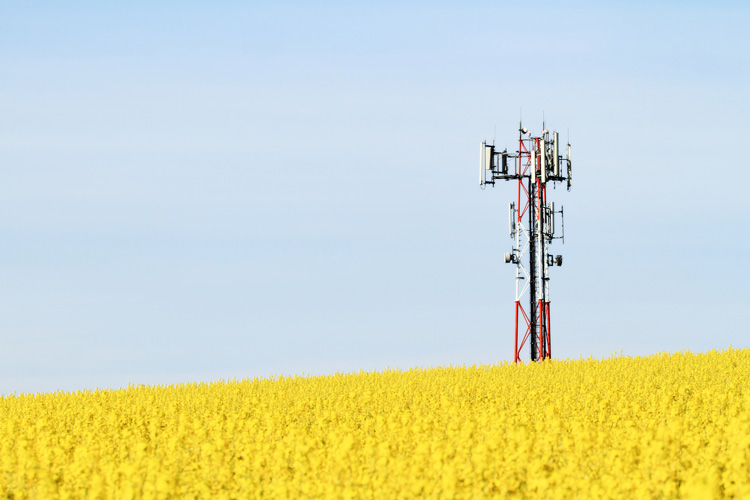Four Big Mobile Networks Join Government to Provide Greater 4G Coverage

EE, O2, Three, and Vodafone have agreed to club together to eradicate 4G-lacking rural ‘not-spots’ in the UK.
£1bn has been pledged collectively - £530m from the four networks, and £500m by the government – for the ‘Shared Rural Network’ project.
The scheme involves the four big network providers investing in, and sharing, a network of new and existing phone masts in order to give high-quality coverage to 95% of the UK. The aim is to achieve this by 2025.
The new infrastructure would enable customers to get reliable connectivity through their network provider wherever they are.
The scheme is part of the Prime Minister’s plan to provide world-class digital infrastructure across the UK in order to better connect homes and businesses. The government has already proposed an overhaul of planning rules in order to facilitate this.
Digital Secretary, Nicky Morgan, said: “We are determined to make sure no part of the country is left behind when it comes to mobile connectivity. We are closing in on a deal with the mobile network operators so those living in rural areas will be able to get the fast and reliable mobile coverage they need and deserve.
“Brokering an agreement for mast sharing between networks alongside new investment in mobile infrastructure will mean people get good 4G signal no matter where they are or which provider they’re with.
“But it is not yet a done deal and I want to see industry move quickly so we can reach a final agreement early next year.”
The timeline for the scheme will initially involve the networks opening up and sharing masts to eliminate most ‘partial not-spots’. Partial not-spots are areas in which 4G coverage is provided by at least one, but not all, providers.
If operators are successful in plugging these holes in the network, the government has agreed to commit £500m in order to eliminate complete not-spots in which there is no coverage by any of the networks at all.
Which? director of advocacy, Caroline Normand, said: “Proposals to finally boost much-needed 4G coverage across the UK are positive and should help consumers access a better signal, but government and industry must now urgently clarify how these plans will deliver the right level of geographic coverage to match what people actually need.
“For people to reap the benefits as soon as possible, government must ensure that action is immediate and that progress can be measured. Consumers also need to have a real choice of providers in all areas if they are going to see improvements.”
Read on our blog

With the government poised to implement tough new measures to...

Budget broadband provider TalkTalk has been notifying customers via email...

A year-long investigation by charity Citizens Advice has revealed a...

Education Secretary Nadhim Zahawi has announced a new commitment to...
